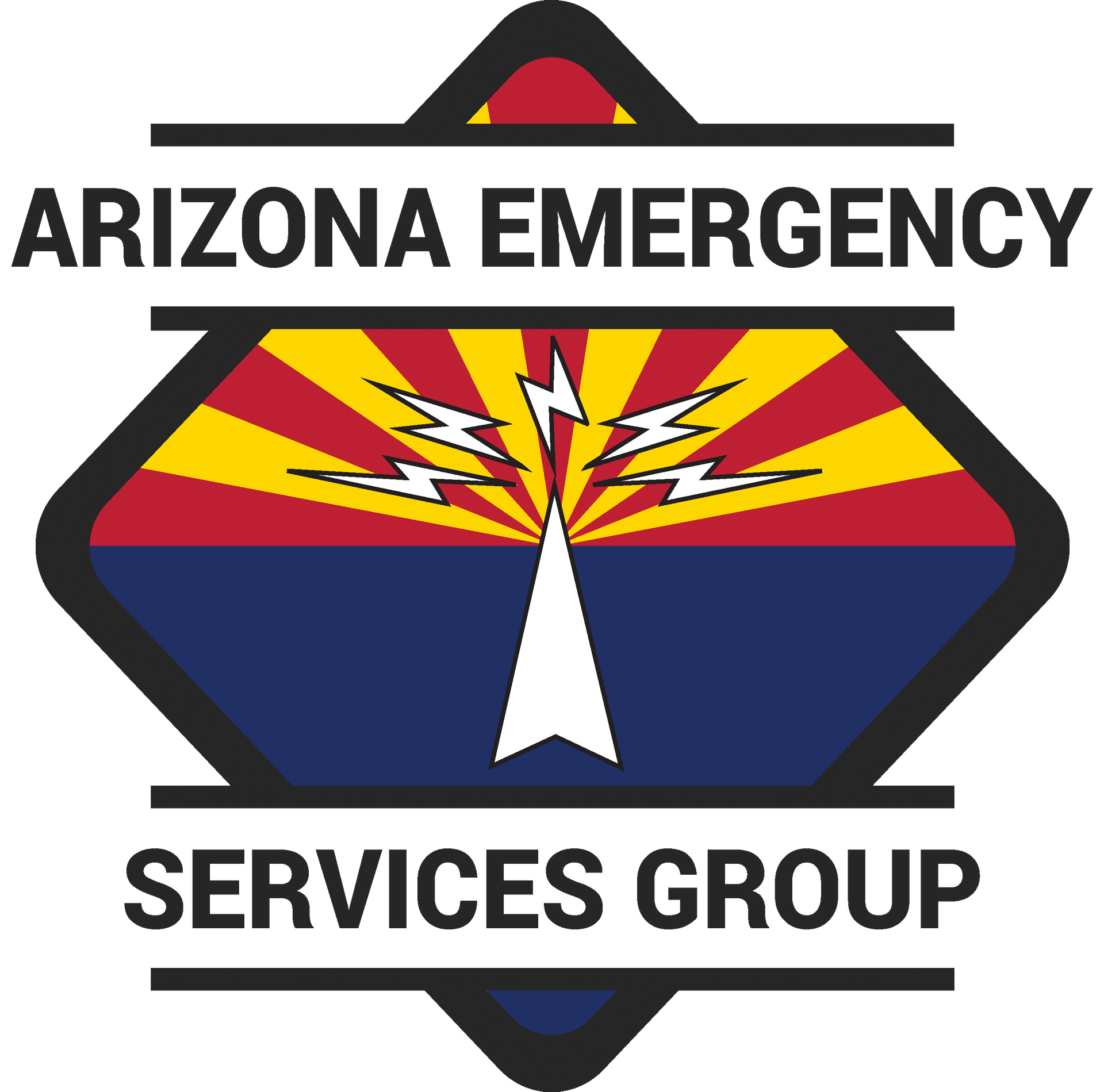Emergency Preparedness Information for you and your Family
What you can do to prepare
There are many organizations that have advice about being prepared for emergencies, such as government agencies, the Red Cross and even the Arizona Emergency Services Group. But, ultimately, your preparedness and safety are essentially a personal matter. The safety of you and your family depends on your preparation and how aware you are of any potential threats you may face.
The more you prepare for an emergency in advance, the better you can respond to it, be able to recover and get life back to normal. In 2020, we have seen what happens when many people are not prepared. Get supplies ahead of time and keep them on hand. Be ready. You can do it in 5 steps.
1. Stay Informed
Listen to local radio and TV news stations for information. Make sure that your laptop, tablet or smart phone is fully charged and has methods for charging, including a car charger. This way you can receive wireless alerts. Keep a battery powered radio ready, in case there is a power failure. Subscribe to text alerts from official organizations. Refer to social media sites for official bulletins or information from recognized news sites. Do not rely on unofficial social media sites or individuals for information. This is one way rumors are spread. Check known sources, such as the Automobile Association of America (AAA) and GasBuddy.com
for information about fuel availability and prices. Visit the Arizona Emergency Information Network at ein.az.gov
for official bulletins. If you are within Maricopa County, you can download the Department of Emergency Management app to your smartphone for alerts. For more information, you can go to ready.maricopa.gov. Always maintain a high level of awareness. The AESG will transmit notices (when possible) to anyone in Maricopa County monitoring it's primary GMRS radio repeater frequency of 462.550 MHz (Channel 15 on many GMRS/FRS radios) when conditions threaten specific areas or when an activation occurs.
2. Make a Kit - Don't Forget!
Being prepared means having at least two supply kits. One for a go kit (evacuation) and one for a stay kit (shelter-in-place). The go kit should have supplies (for each person) that will last at least 72 hours. A stay kit should have supplies for at least 2 weeks. It should be stored in the best way and kept in containers in the home to separate them from everyday supplies. Check and replace old supplies on a regular basis. Kits should be unique to each family and consideration should be taken for special needs. Prescription medications, things to keep kids busy, pet supplies, etc. Some people also keep kits at work, vacation homes or friends/relatives homes. Below is a list of resources (publications and lists) that includes recommended supply kits. More information will be added later.
3. Have a Plan to Stay or to Go
Now is the time to make a plan. Gather information on possible hazards in your area and protective actions to take. Have a plan for your family to shelter in place (stay plan) or evacuate (go plan). What if you had to stay at your home for a week. How would it work? Or, you had to evacuate with only 15 minutes notice. Which route should you take? Where would you go? Is your go kit in the car / truck? When something happens, there's no time. Set up the plan now and then discuss it with your family.
4. Keep in Touch with a Communications Plan
Make a family communications plan. Write down a list of important phone numbers that includes each family member, neighbors, schools, work and out of town family. If you're in Maricopa County, you can use the Important Phone Number fillable form below. Make sure each member of the family has a copy. Keep a copy on your smart phone and all your devices. Everyone needs to communicate, even if phone / cell phone service is down or the power is out. You should have a back up plan to keep in touch with your family, such as two-way radios or another alternate method.
5. Get Involved
Check on your neighbors and see if they need help, before or during an emergency situation. Join a local group, such as the Red Cross, CERT or the AESG where you can get more training and serve your community. Become a Skywarn weather spotter. Watch the "Learn How To Help in an Emergency" video in the Get Involved section below. Then, take or renew a first aid or CPR course.
| Arizona Emergency Telephone Numbers | General Preparedness |
|---|---|
| Important Phone Numbers - Maricopa County | Preparedness Booklet |
| Statewide Emergency Numbers | Safeguard Important Documents |
| AZ Emergency Management Links | Preparedness Mindset |
| American Red Cross Mobile Apps | |
| DEMA Emergency Preparedness |
| Technological Hazards | Other Hazards |
|---|---|
| Palo Verde Plant Preparedness Guide | Epidemic (COVID-19) Precautions |
| Hazardous Materials Accidents | Civil Unrest |
| Power Outage | Active Shooter |
| Water Service Failure | Terrorist Attack (Check later) |
| Telephone / Internet Failure (New) | National Security Emergency (Check later) |




